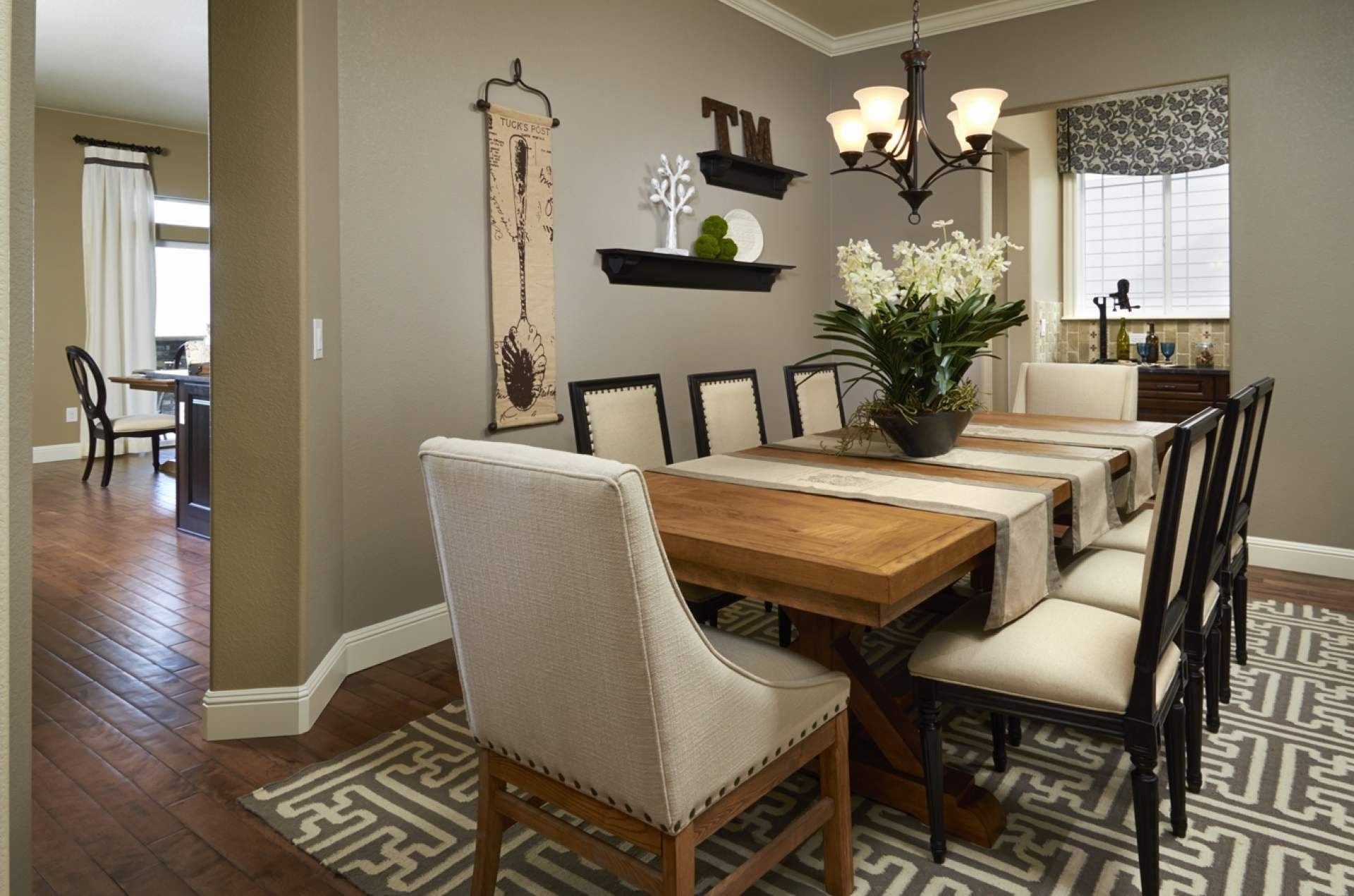Definition of Living Room War
The term "living room war" refers to a type of war in which the majority of the fighting and conflict is seen and experienced by the public through television and media coverage. It is a war that is not just fought on the battlefield, but also in the living rooms and homes of everyday citizens. This type of war has a significant impact on society and has changed the way people view and understand conflicts.
The Living Room War: A Brief History
The concept of the living room war first emerged during the Vietnam War in the 1960s and 1970s. It was the first time that Americans were able to see the brutal realities of war through television and media coverage. The contrast between the government's portrayal of the war and the graphic images shown on television sparked widespread controversy and debate. This marked a significant shift in the way wars were perceived by the public.
The Impact of the Living Room War on American Society
The living room war had a profound impact on American society. It exposed the public to the true horrors of war, with graphic images of violence and suffering being broadcasted into people's homes. This led to a growing anti-war sentiment and a rise in activism and protests against the Vietnam War. The war also divided the nation, with some supporting the government's actions and others questioning its motives and tactics.
The Role of Television in the Living Room War
Television played a crucial role in the living room war. It brought the war directly into people's homes, providing them with real-time updates and footage of the conflict. This changed the way people perceived and understood war, as it was no longer a distant and abstract concept but a grim reality that they could witness firsthand. The use of television also made the war more accessible and relatable, as viewers could see the human side of the conflict through the eyes of soldiers and civilians.
The Living Room War and the Vietnam Conflict
The living room war had a significant impact on the Vietnam Conflict. The graphic images shown on television not only shocked and outraged the public, but they also raised questions about the government's involvement and the justification for the war. This led to a decline in support for the war effort and ultimately contributed to the eventual withdrawal of American troops from Vietnam.
The Living Room War and Public Opinion
The living room war had a powerful influence on public opinion. The constant bombardment of graphic images and footage of the war had a profound effect on how people viewed the conflict. It sparked discussions and debates about the morality and necessity of the war, which ultimately shaped public opinion and led to widespread anti-war sentiment.
The Living Room War and the Anti-War Movement
The living room war played a significant role in the growth of the anti-war movement. The graphic images shown on television galvanized the public and sparked widespread protests and demonstrations against the war. The anti-war movement became a powerful force, challenging the government's actions and calling for an end to the conflict.
The Living Room War and Government Propaganda
The living room war also highlighted the use of government propaganda in shaping public perception of war. The stark contrast between the government's portrayal of the war and the reality shown on television raised questions about the reliability of information and the motives behind the conflict. This brought attention to the power of propaganda and its role in shaping public opinion and support for war efforts.
The Living Room War and the Rise of Alternative Media
The living room war also led to the rise of alternative media. As the public grew more skeptical of mainstream media's coverage of the war, they turned to alternative sources for information and perspectives. This gave rise to underground newspapers, radio broadcasts, and guerrilla journalism, providing a platform for dissenting voices and alternative viewpoints. It marked a significant shift in media consumption and paved the way for the democratization of information.
The Legacy of the Living Room War
The living room war has left a lasting legacy on the way wars are perceived and reported. It showed the power of media in shaping public opinion and brought attention to the consequences of government propaganda. It also sparked debates about the ethics of showing graphic images of war on television and raised questions about the impact of media on society. The living room war forever changed the way people view and understand conflicts, leaving a lasting impact on American society and media.
The Importance of a Well-Designed Living Room

The living room is often considered the heart of a home, a space where families and friends gather to relax, socialize, and make memories. It is a versatile room that serves a variety of purposes, from entertaining guests to cozying up with a good book. With its central role in our daily lives, it's essential to create a living room that is both functional and aesthetically pleasing.
Defining a "Living Room War"

In recent years, the term "living room war" has gained popularity in the world of interior design. But what exactly does it mean? Simply put, a living room war refers to the struggle and competition for dominance in a shared living space. It can manifest in different ways, such as conflicting design styles, arguments over furniture placement, or disagreements on clutter and cleanliness.
Keywords: living room war, interior design, shared living space, conflicting design styles, furniture placement, clutter, cleanliness
While it may seem trivial, a living room war can have a significant impact on the overall ambiance and functionality of a home. A poorly designed living room can create tension and frustration among its inhabitants, leading to a less than desirable living experience. On the other hand, a well-designed living room can promote harmony and comfort, making it a peaceful sanctuary for everyone.
The Key to Winning the War: Communication and Compromise

So how do we avoid a living room war and create a space that everyone can enjoy? The key lies in communication and compromise. It's essential to have open and honest discussions with all members of the household to understand their needs and preferences. By finding common ground and compromising on design choices, everyone can feel heard and satisfied with the final outcome.
Keywords: communication, compromise, household, needs, preferences, design choices
Additionally, it's crucial to strike a balance between functionality and aesthetics in the living room. While it's essential to have a visually appealing space, it should also cater to the practical needs of its occupants. Consider the layout, storage options, and seating arrangements to ensure that the living room serves its purpose for everyone.
In Conclusion

A living room war may seem like a trivial matter, but it can significantly impact the atmosphere and functionality of a home. By understanding the concept and implementing effective communication and compromise, we can create a harmonious living room that promotes comfort and joy for all its inhabitants.
Keywords: living room war, impact, atmosphere, functionality, communication, compromise, harmonious, comfort, joy

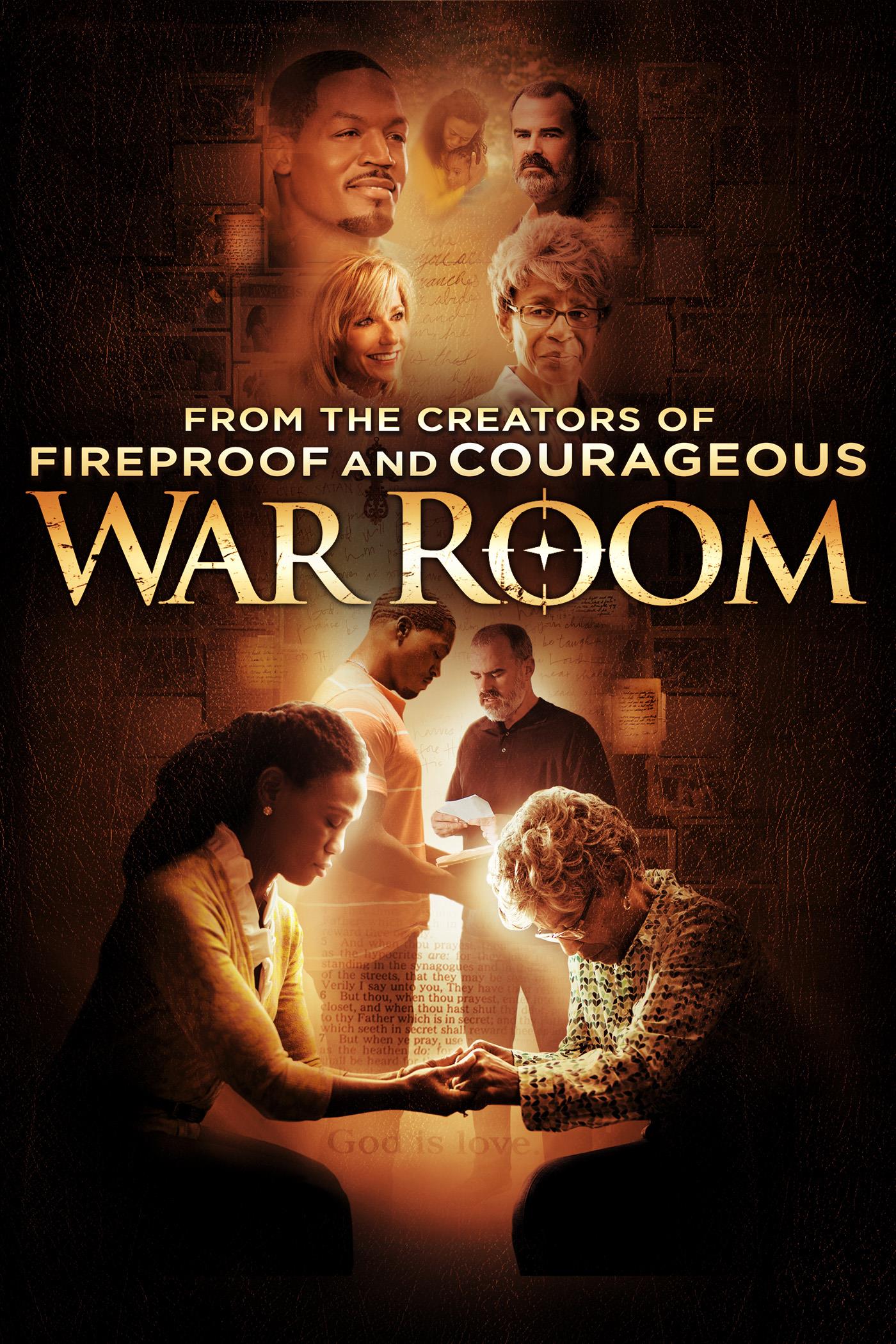



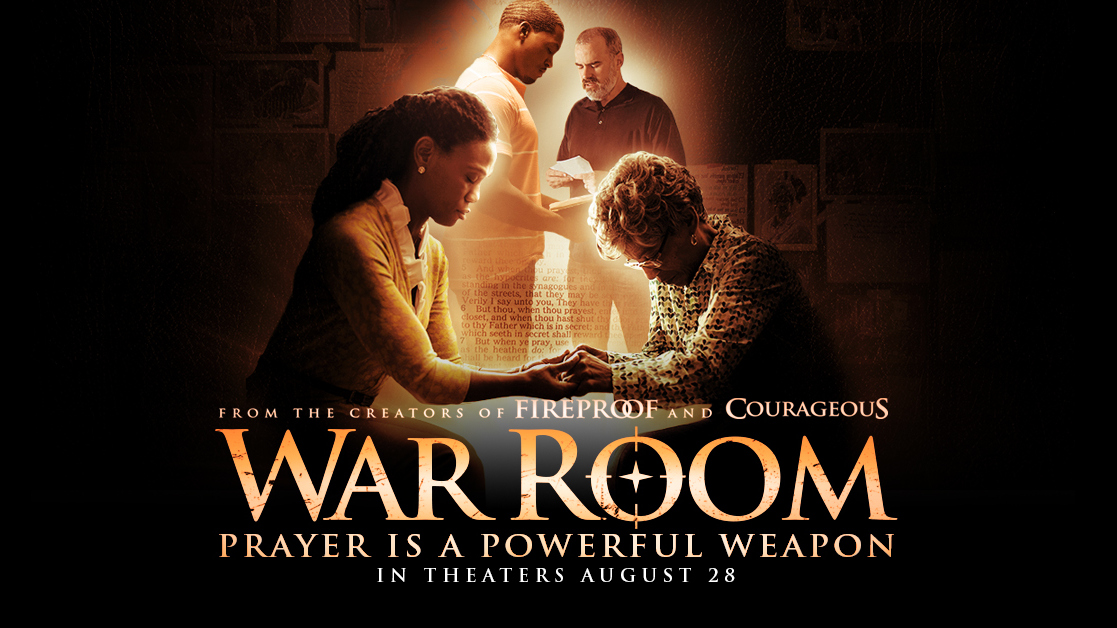






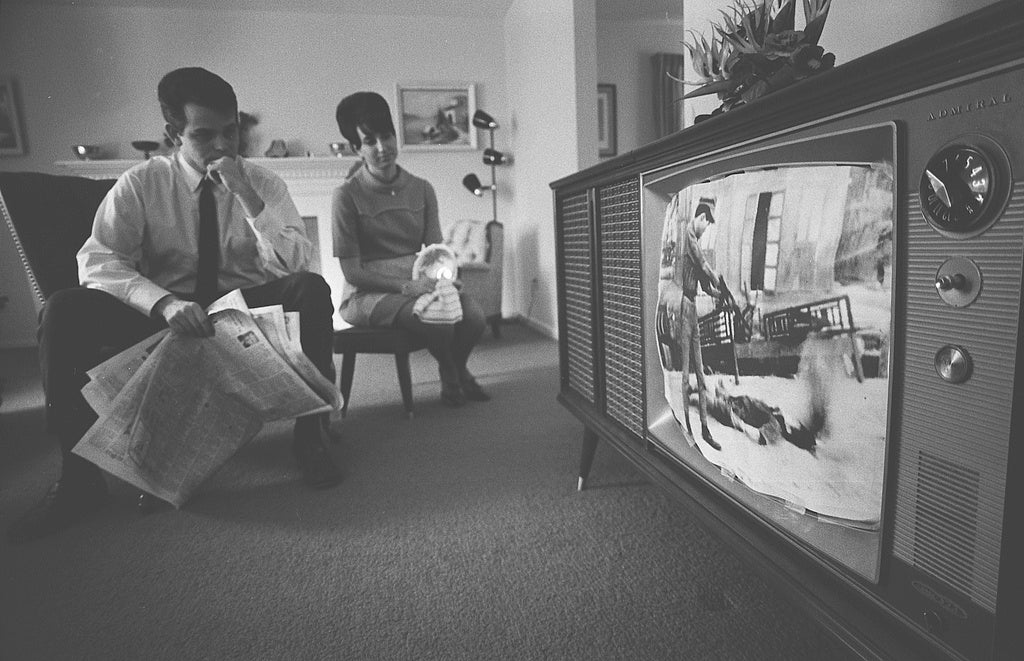



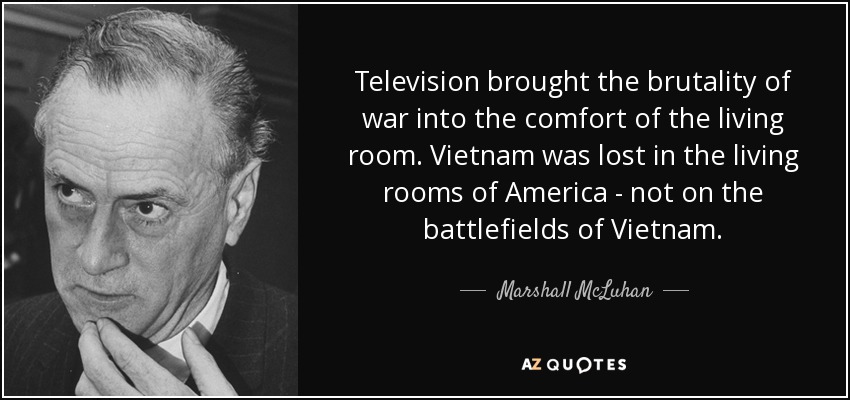




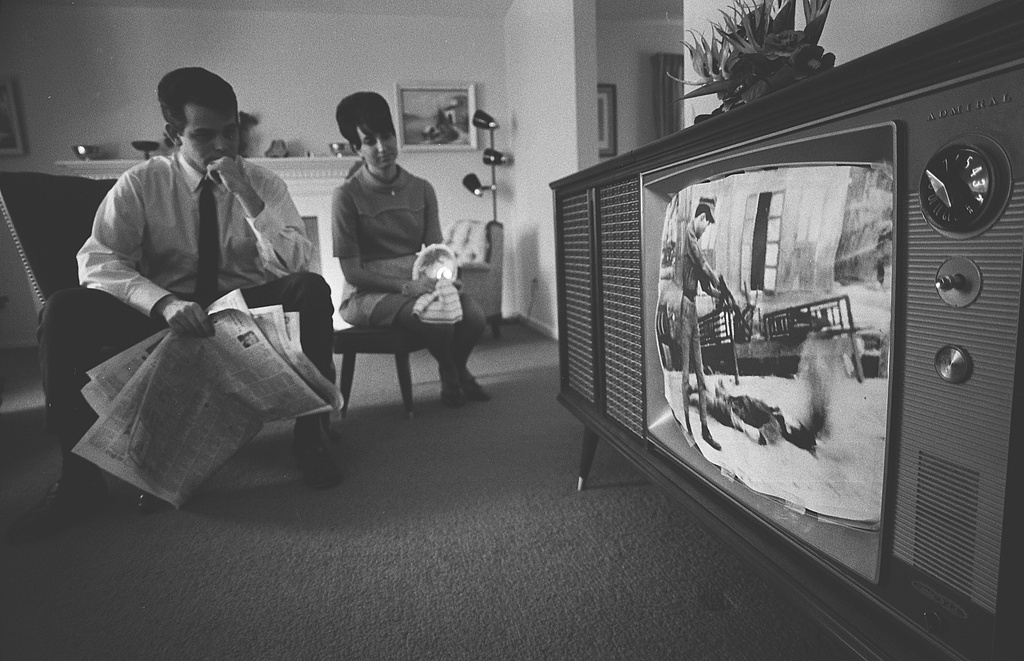

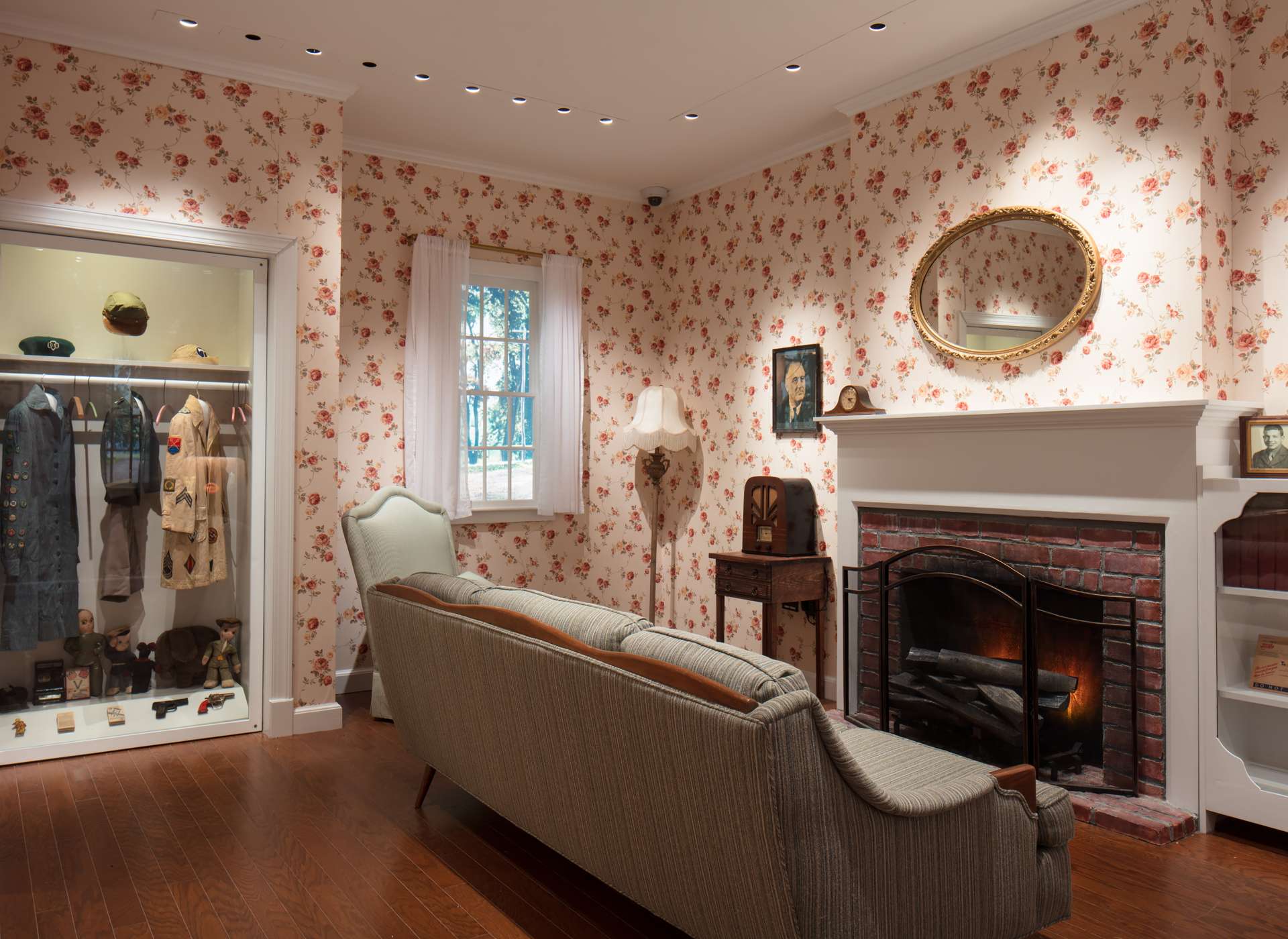

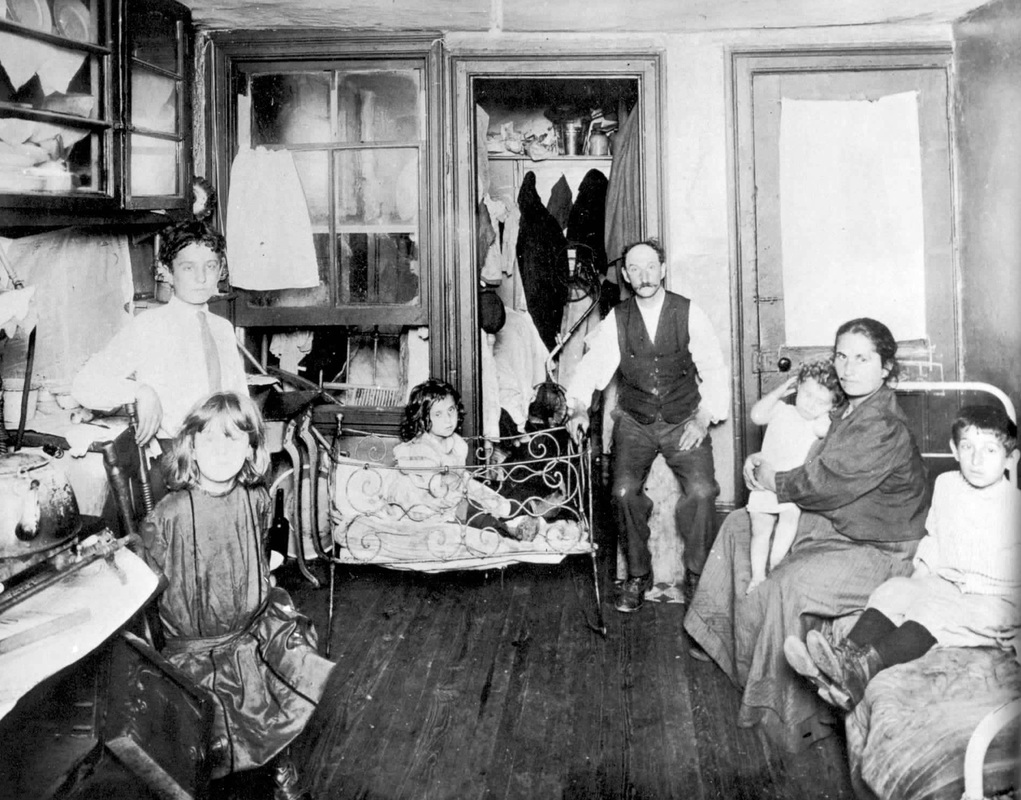





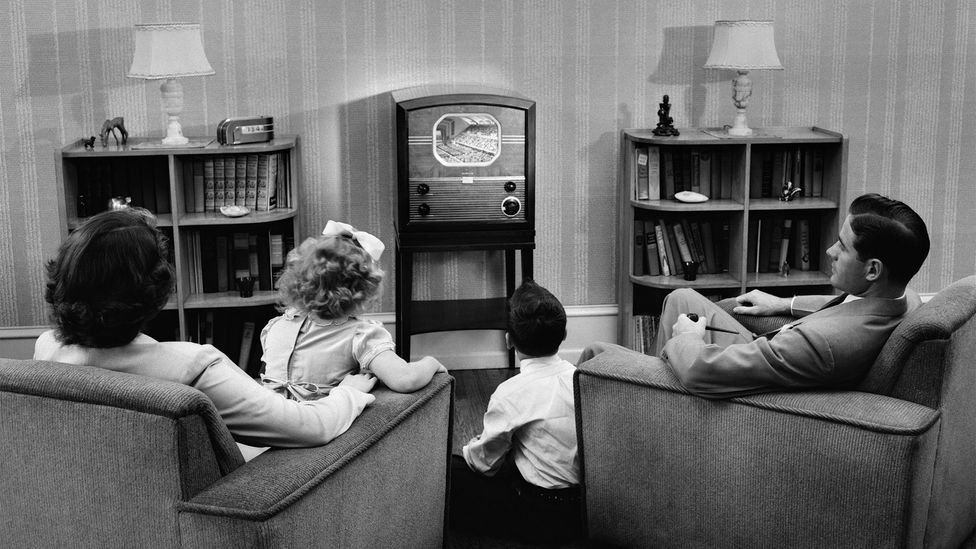

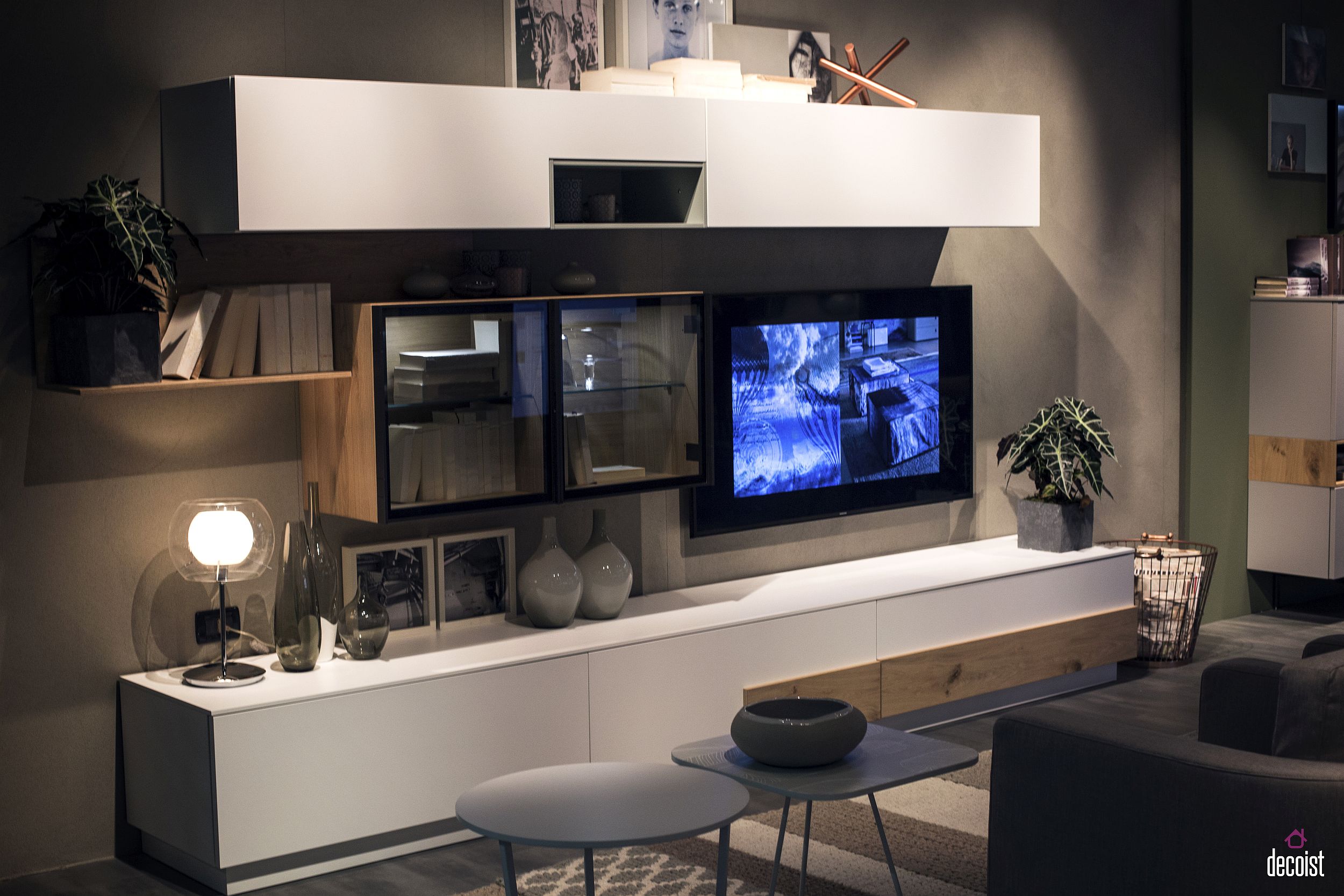




















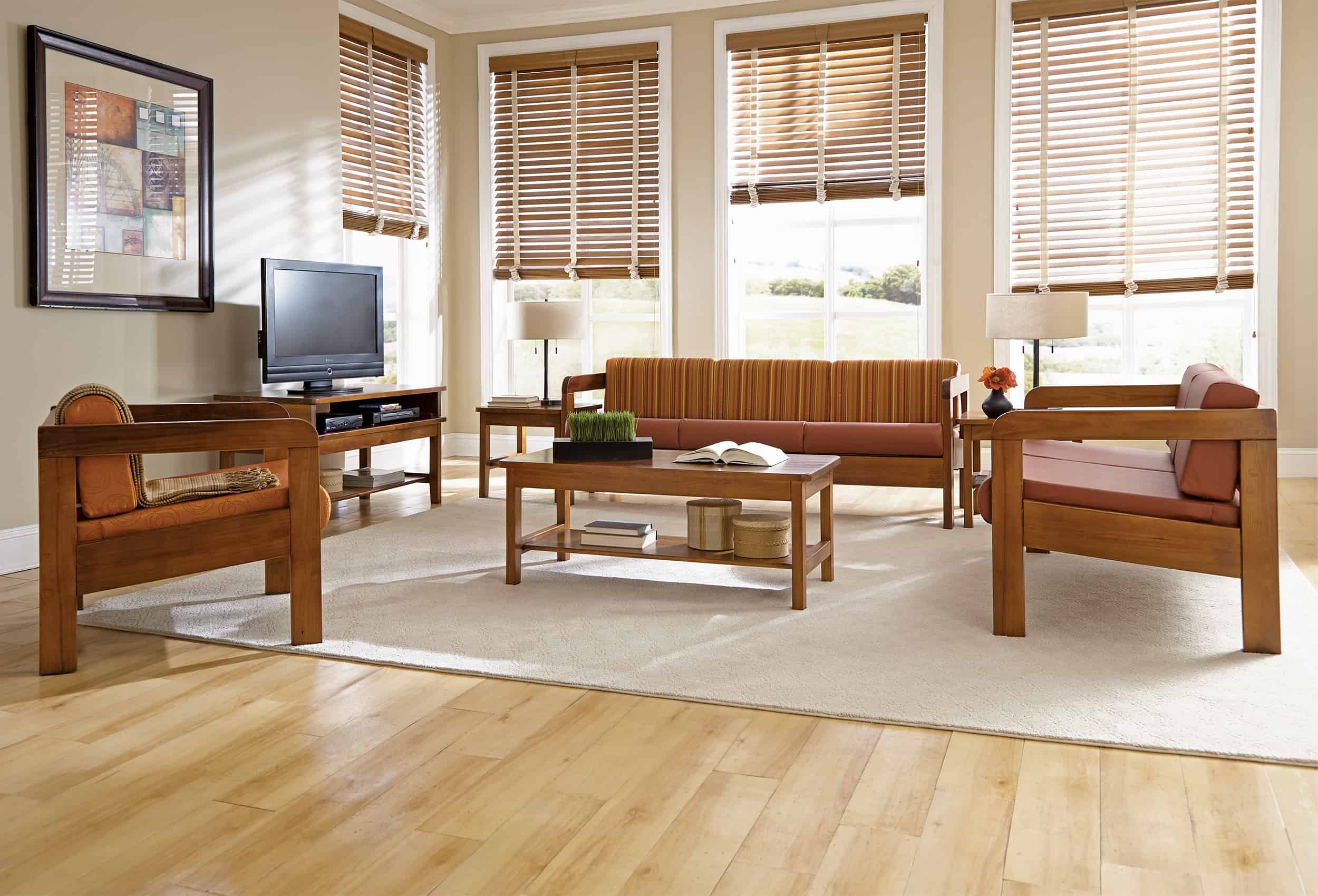









:max_bytes(150000):strip_icc()/Amerisleep-1bb4289d9e8749789ce5f32b099042be.jpg)

